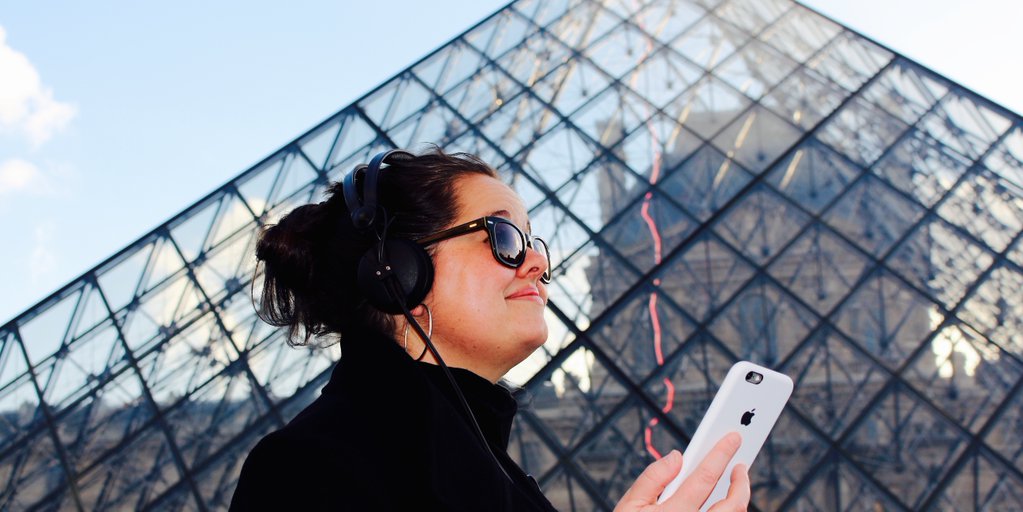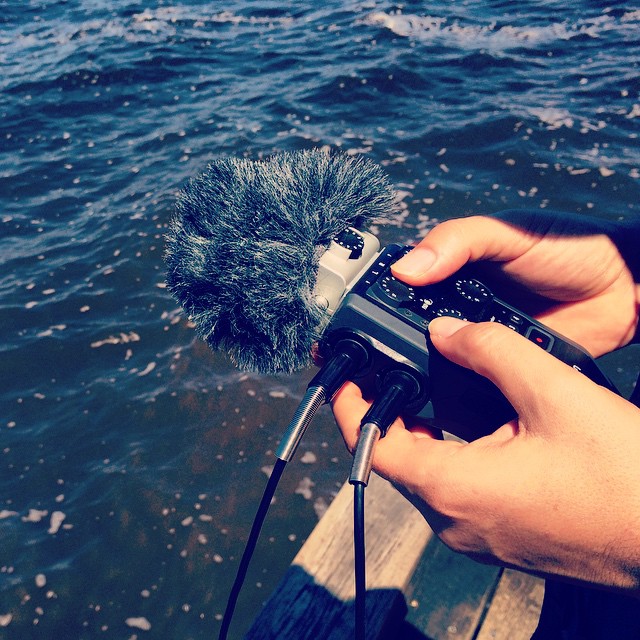Yarra River Terrace & Federation Square, Melbourne
Monday 8th – Sunday 14th Feburary // 9:00am – 11:00pm
River Listening is launching in Melbourne, Australia during Pause Fest 2016, a catalyst for innovation, a uniter of industries and a platform for the future. Six years ago, Pause’s founder George Hedon saw an opportunity to start bringing together a new breed of thinkers and Pause Fest is now established as a major international event for those working at the intersection of creativity, technology and innovation.
Melbourne’s first River Listening installation explores the Yarra River. The installation can be experienced by walking along the Yarra River with a mobile device and listening to content that is geotagged along the river bank.
As you walk along the path, the sounds of river system are layered with sonic art and river stories for Pause delegates to discover between sessions. In addition to the Yarra soundscapes, this experience will stretch through Federation Square with a sound map connecting to other river systems across the world.
Listeners will hear Amazon river dolphins as they walk down the steps and pilgrims chanting on the banks of India’s Narmada River as they look towards the sky. These sonic discoveries will explore the value of sound and technology in contributing towards environmental awareness and engagement.
As the recent documentary Racing Extinction highlights: if we can bring the sights and sounds of the natural world to humans who would otherwise never think about them, they might be motivated and inspired to alter their habits enough to take action and respond to the ramifications of climate change.
To experience YARRA – RIVER LISTENING, Pause Fest delegates will download the free app Recho for this exclusive Pause Fest experience.
The soundscapes will evolve with new sounds added everyday during Pause Fest. Follow @LeahBarclay on twitter for live updates onsite and join our daily demo sessions and sound walks by using the #RiverListening hashtag on twitter.

Step 1. Download the free app Recho to your mobile device and connect your headphones.
Step 2. Walk towards the first sound, your phone will act as a compass and guide you through YARRA RIVER LISTENING
Step 4. When you approach the first sound it will play automatically, tap the sound once to open it.
Step 5. Wait for 3-5 seconds (to load) and stop to listen to the soundscape.





